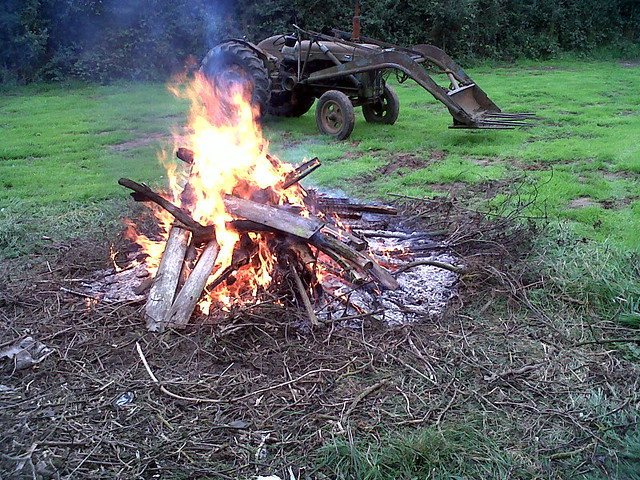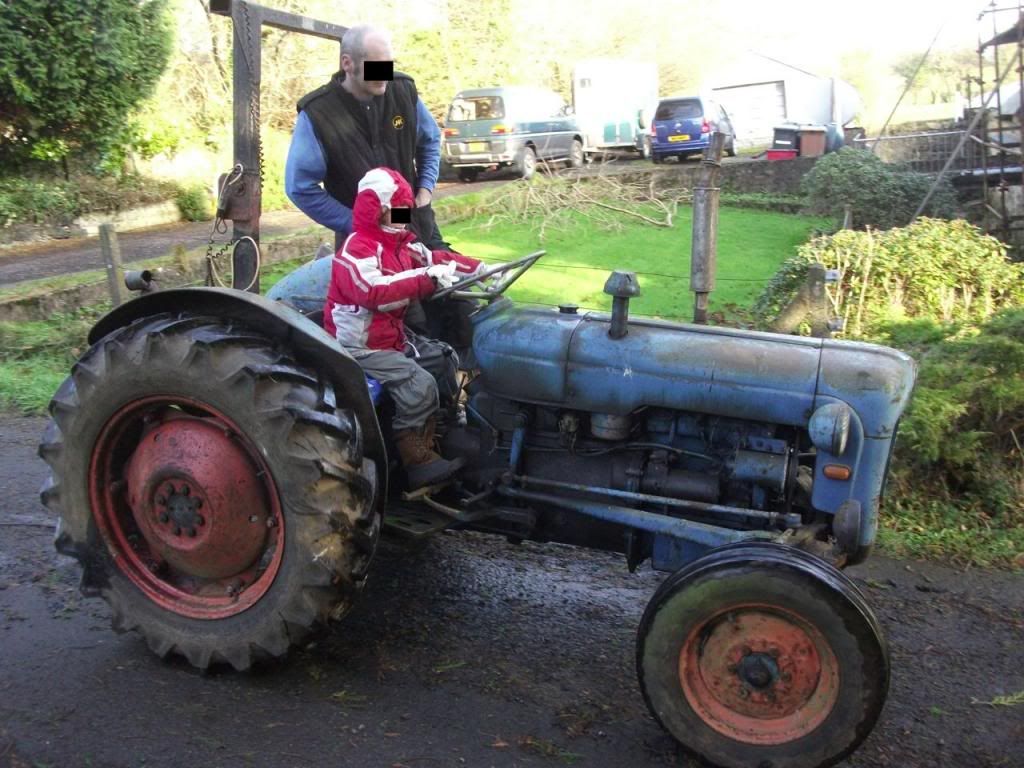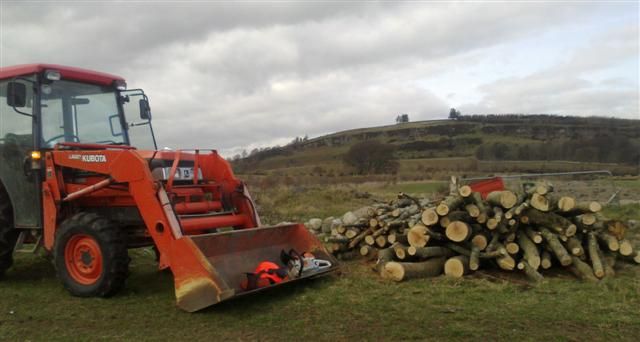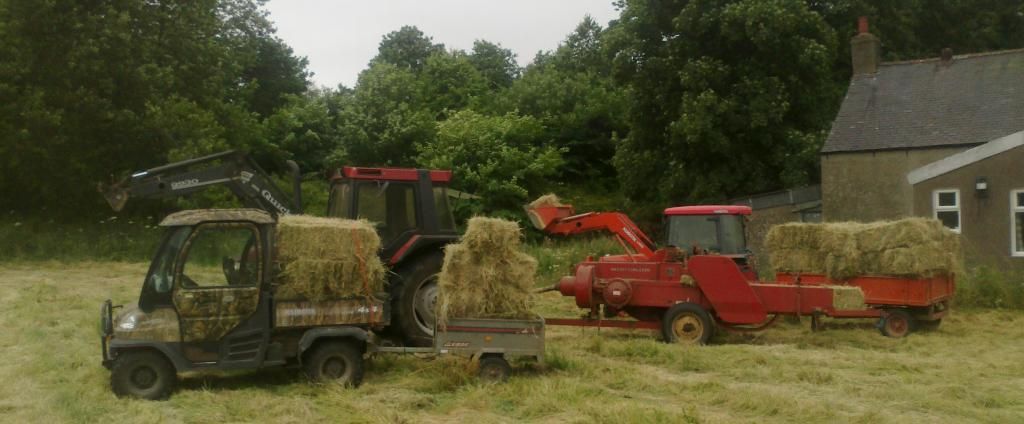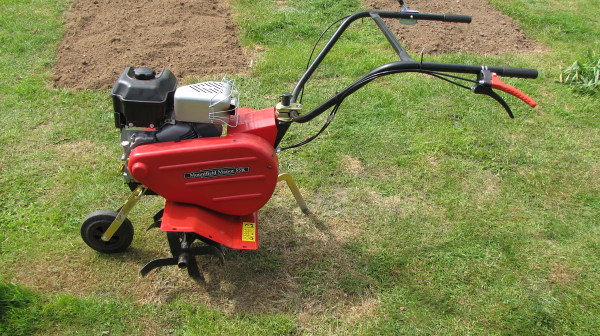I love old tractors, a surprisingly large number are still kicking around farms all across Europe. These are often machines that are kept running by their owners, parts are either robust, or easy to fix/bodge as needed.
One particular engine type may be of interest to readers here, the 'Hot Bulb' engine.
The design is simplicity itself, there is very little to go wrong, which may be why there are still quite a few kicking around. The 'hot bulb' relates to part of the engine that must be warmed up before the engine can be started, commonly this is done with a blow torch however it is not unknown for folks to light fires beneath them. Once the engine is running, the heat of combustion keeps the machine ticking over.
In this part of the world, Hungary, there are many, mostly because there was a Hungarian manufacturer of these tractors in the twenties and thirties, but also because many forward thinking farmers broke down their machines and buried them to make sure that neither the Germans or the Russian nicked them. Once dug up in the late forties they were put back to work.
One of the big advantages of the design is the ability to use a wide variety of fuels, including some very 'dirty' ones including used cooking oil, creosote etc.
Tough little machines. Here is one in Germany being 'started up'.
[video=youtube;Qm6nHPcRT-A]http://www.youtube.com/watch?v=Qm6nHPcRT-A[/video]
One particular engine type may be of interest to readers here, the 'Hot Bulb' engine.
The design is simplicity itself, there is very little to go wrong, which may be why there are still quite a few kicking around. The 'hot bulb' relates to part of the engine that must be warmed up before the engine can be started, commonly this is done with a blow torch however it is not unknown for folks to light fires beneath them. Once the engine is running, the heat of combustion keeps the machine ticking over.
In this part of the world, Hungary, there are many, mostly because there was a Hungarian manufacturer of these tractors in the twenties and thirties, but also because many forward thinking farmers broke down their machines and buried them to make sure that neither the Germans or the Russian nicked them. Once dug up in the late forties they were put back to work.
One of the big advantages of the design is the ability to use a wide variety of fuels, including some very 'dirty' ones including used cooking oil, creosote etc.
Tough little machines. Here is one in Germany being 'started up'.
[video=youtube;Qm6nHPcRT-A]http://www.youtube.com/watch?v=Qm6nHPcRT-A[/video]
Last edited:

